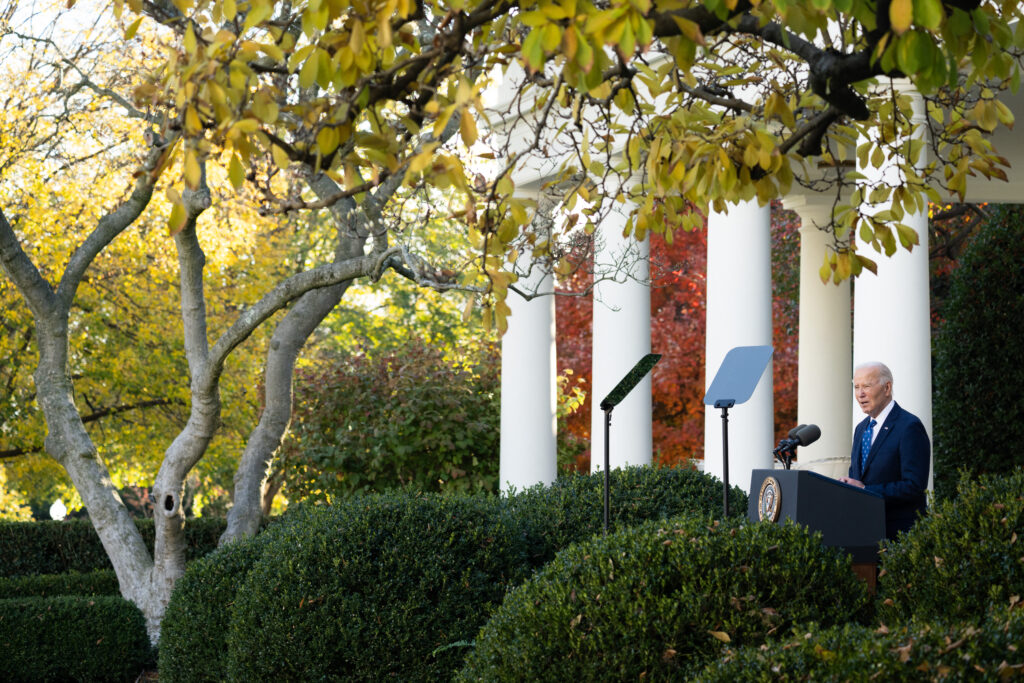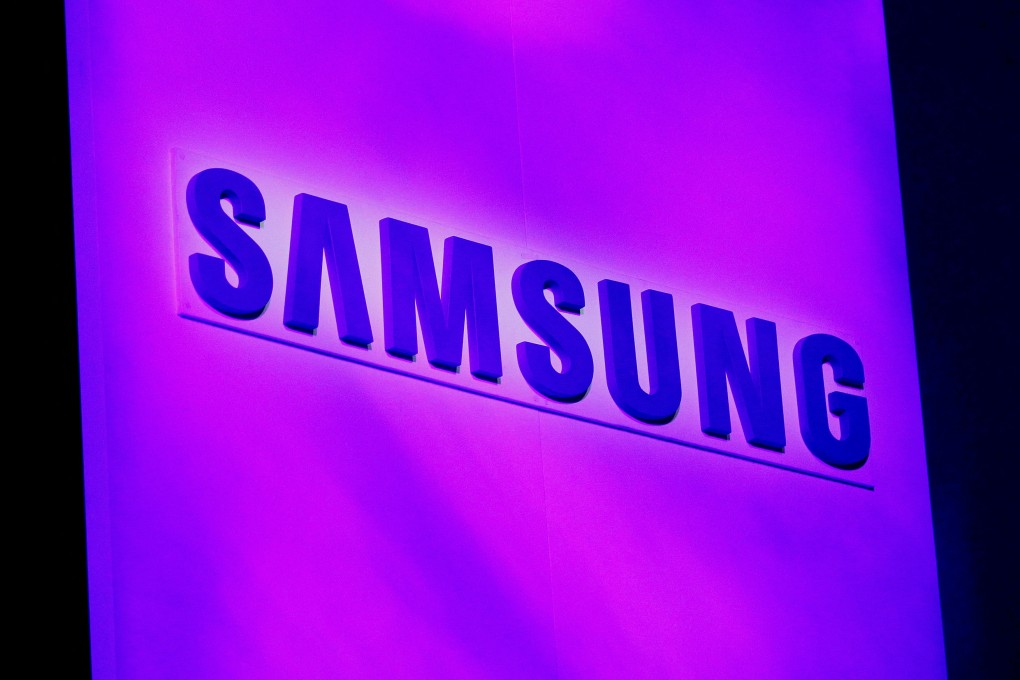
President-elect Donald Trump's tariff threats have been formalized with a pair of social media statements that, while not nearly as steep as promised on the campaign trail, still threaten to complicate relations with the US's three largest trade partners. In a pair of statements yesterday on his Truth Social site, Trump announced plans to impose 25 percent tariffs on all goods coming from Canada and Mexico, and an additional 10 percent tariff on all Chinese goods entering the States "above any additional tariffs" already in place on Chinese-manufactured goods. When he was just candidate Trump prior to the November 5 election, the President-elect promised across-the-board tariffs of 10 to 20 percent on all imports, with a 60 percent tariff on all Chinese-made goods.
Much of the argument for such aggressive tariffs would be to return manufacturing to the United States – particularly high-tech manufacturing of things like smartphones, computers, and other electronics, much of which is manufactured in China. Those justifications were absent from Trump's social media posts, with the incoming President instead explaining that he was imposing the tariffs on Canada and Mexico because "thousands of people are pouring through Mexico and Canada, bringing Crime and Drugs at levels never seen before." "This Tariff [on Mexico and Canada] will remain in effect until such time as Drugs, in particular Fentanyl, and all Illegal Aliens stop this Invasion of our Country," Trump continued.

"Both Mexico and Canada have the absolute right and power to easily solve this long simmering problem. We hereby demand that they use this power, and until such time that they do, it is time for them to pay a very big price!" Trump justified his 10 percent tariff increase on Chinese goods on similar grounds, expressing dissatisfaction that the Chinese government hadn't killed enough drug dealers caught manufacturing fentanyl for import to the US. As The Register and many other publications have pointed out, tariffs don't penalize the country doing the exporting.
It's importing companies that pay the tariffs, and importing companies that pass the costs along to consumers – in this case Americans . China , Canada , and Mexico are the US's three largest trade partners. Most imports coming into the US from China involve electronic equipment.
Mexico primarily exports vehicles and electronics, while Canada is the US's largest supplier of crude oil and petroleum fuel products. In short, expect electronics, cars, and gas prices to spike if Trump follows through with these tariffs, and it appears he has the legal authority to do so. Whether or not such tariffs would work out for Trump remains unclear, according to William Reinsch, senior advisor on the economics program and Scholl chair in international business at the Center for Strategic and International Studies in Washington, D.
C. "No one was expecting [the tariffs proposed yesterday], which is precisely why [Trump] did it," Reinsch told The Register . "As a result, everyone is forced, again, into reacting to whatever he has said.
It's a leverage move, and we have to see how the other countries respond." If Trump enacts his proposed tariffs, Reinsch said it would "blow up" the US-Mexico-Canada Agreement that, while due for review in 2026, could prompt retaliation from Canada and Mexico if Trump acted in a way that ignored the current terms of the agreement before the scheduled review. As for IT products coming in from China and elsewhere, Reinsch noted that both the US and China are party to the World Trade Organization's Information Technology Agreement that sought to eliminate import and export duties on six categories of IT equipment: computers, telecommunications equipment, semiconductor manufacturing equipment, semiconductors themselves, software, and scientific equipment – not that the agreement has stopped the US from imposing tariffs on Chinese tech goods before .
"If [Trump] intends to cover those items with new tariffs, he is violating that agreement as well, and it will have an impact on high-tech companies all over the world," Reinsch told us. It's likely the entire thing is another set of empty threats. Even if the President-elect doesn't understand how tariffs work, people in his orbit probably do, and they'd know the effects on the American economy.
"This is classic Trump strategy – capture the daily media conversation with an unexpected and unconventional announcement based on the principle of retaliate first; negotiate later," Reinsch said. "It's most likely they're a threat intended to produce a negotiation and will probably not be implemented." ®.














